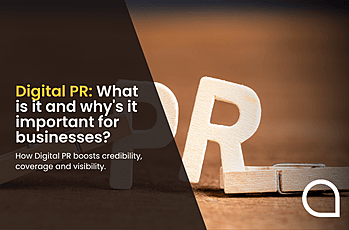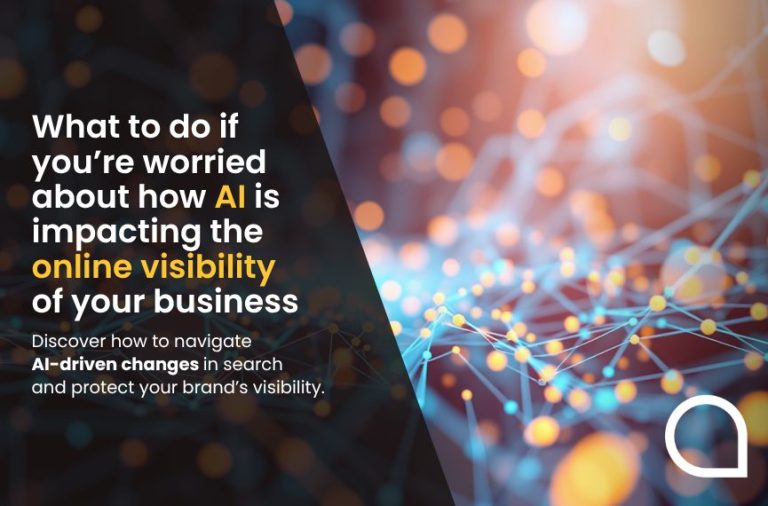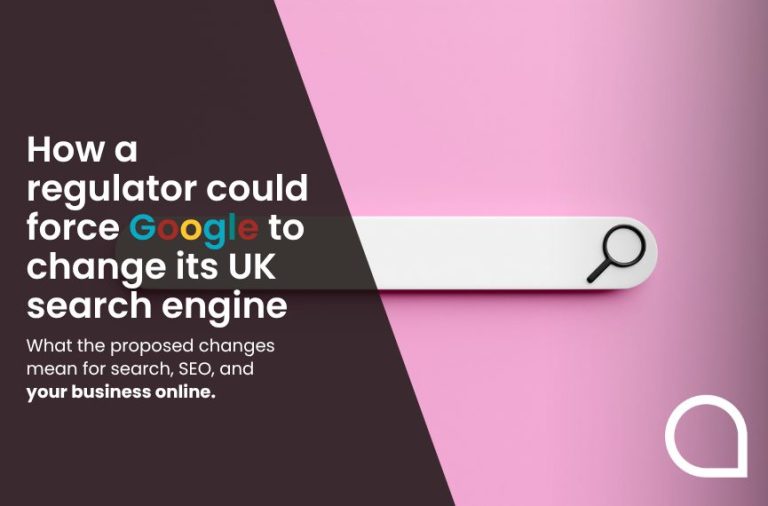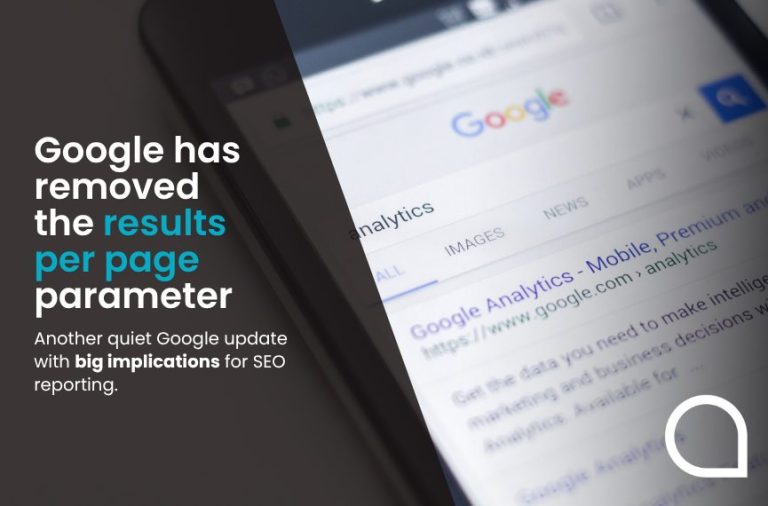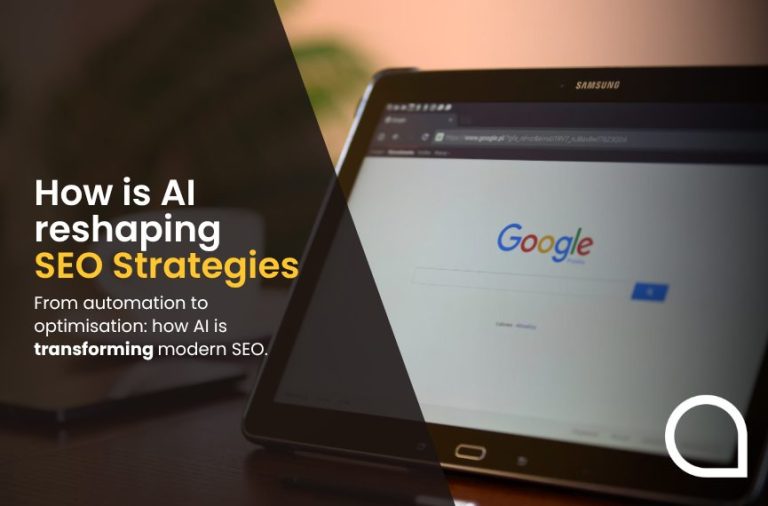Here is a question to mull over; what would you do if Google collapsed?
If it simply wasn’t there one morning, gone forever – where would that leave your business be online?
I woke up the other morning pondering the answer.
Of course, we can’t conceive of a world without Google in it. In the same way, we couldn’t imagine one with it in before 1998.
Now, in a digital sense, we don’t think a massive global company like Google can ever collapse.
Given its enormous scale, it may never disappear.
But then the thought of an apocalyptic virus shutting down the world inside just a few weeks seemed implausible when the midnight chimes heralded in 2020.
If I’d told you it was going to happen you would have laughed and said: “Yeah, right!”
Because we are all in the process of reimagining businesses, livelihoods and futures, it’s also worth considering how you would be discovered online if Google was no longer there.
Would we use other search engines, such as Yahoo or Duck Duck Go?
Or perhaps social media platforms like Facebook and Instagram?
Perhaps we would return to more traditional types of advertising, for example in local print publications.
My point is this; as a business owner, you cannot rely exclusively on one area of marketing and advertising. To do so puts your company at risk of disappearing overnight.
The channels you select will be dictated by your product or service.
What won’t vary though is that you must have an appropriate marketing mix for your customers.
And whatever that consists of, AIDA is important. For those who don’t know, AIDA stands for Attention, Interest, Desire and Action.
And that is the nub of the matter.
Without Google, how would you capture attention? How would you create interest in what you’re selling, and how would you encourage desire?
Without those elements, there is no action. Without action, you won’t sell.
If you are going to spend money on something other than Google (for now, let’s continue to assume that it doesn’t exist), then you need to start with attention.
One of the problems with Google, particularly with Google Ads (or AdWords as it was formerly known), is that it removed a significant part of a marketer’s arsenal.
For example, it removed an ability to use images.
That was remedied later with the introduction of display advertising but, to this day, the majority of ads consist only of text.
Back in the days of ‘good old Yellow Pages’, we would tell customers that including a picture in an advert made it twice as effective.
Flat text ads (or tombstones as we referred to them because they were dead space) just didn’t attract the same interest because they received little attention.
Does this still ring true? I’m guessing it does.
How many pictures of a glass of wine or beer get ‘liked’ on social media compared to a written status about alcohol?
So, what about interest? Once you have an individual’s attention, what can you do with an image to engage them?
Consider what your audience is interested in.
Give some thought to what your ideal customer looks like, or what would persuade someone read further.
Put yourself in their shoes; what you would want if you were buying from your business? Perhaps a free piece of research, or hooking into something they have recently heard of and want to know more about.
That leads us to desire.
They’ve seen you, and are interested in what you have to offer. How can you transform that into a desire to buy?
Well, the way you come across through your messaging – and the message itself – can help.
This could be your brand values, like trust or customer service, or perhaps they connect to you on a personal level.
Whatever it is, you need to make sure you build on the elements promised earlier and be ready to deliver exactly what they now know they need.
And finally, action.
The one you want is for them to buy from you. Try to make it easy for them. You’ll be astonished at the number of websites that miss such a crucial point.
Without the first three steps – attention, interest and desire – no action will be taken. So spend time ensuring those key stages are in place.
Whether you think Google is here to stay, or might disappear overnight, what rings true is that the principles of advertising and marketing don’t change.
Google is still a machine, and people buy from people first and foremost.
